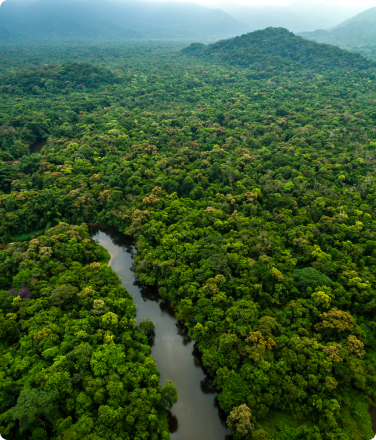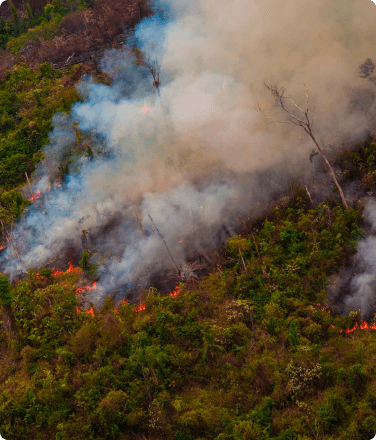Indigenous communities are key to protecting the forest, and in Guyana, indigenous customary lands cover large extents of the interior. The government of Guyana has an international commitment to conserving an additional 2 million hectares of forest – the majority of which would overlap with customary indigenous lands.
In places where indigenous communities have full control of their forests, the rainforest thrives. Yet in Guyana more than a third of indigenous villages are still waiting for legal recognition of their collective lands. Many more villages are fighting to expand their land titles beyond the small areas that are frequently granted so that they can more effectively protect their ancestral forests. These are forests that the communities have used for hundreds if not thousands of years as hunting grounds and places to forage; many of the lands hold deep historical and or spiritual significance to the communities.
Indigenous Communities Are Dedicated to Protecting Guyana’s Rainforests



